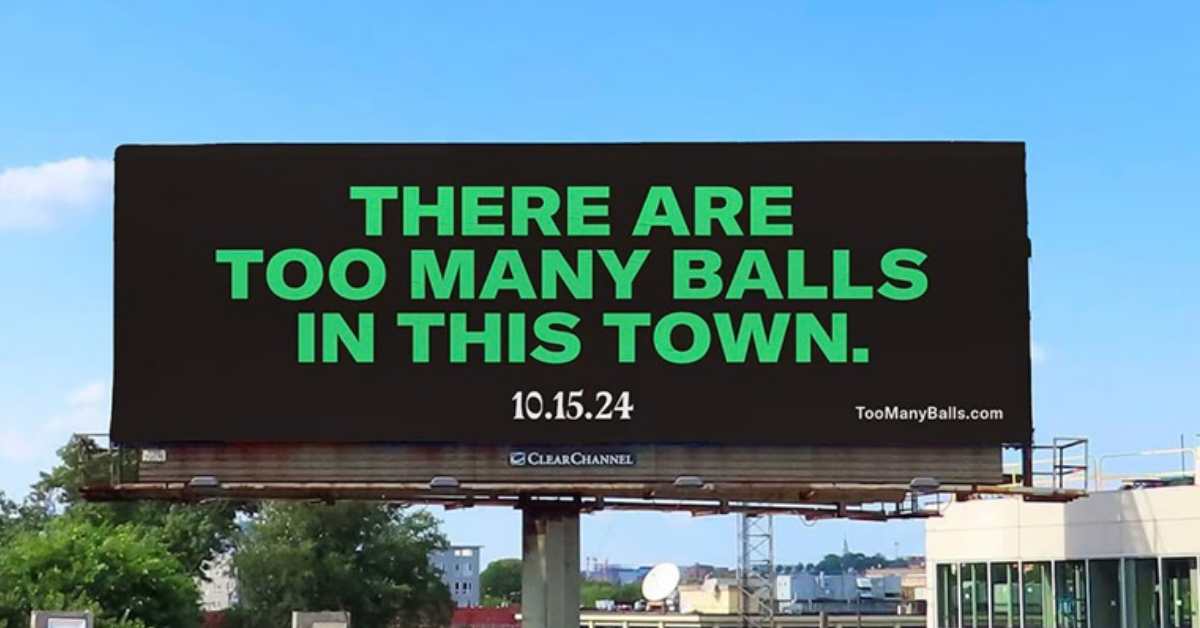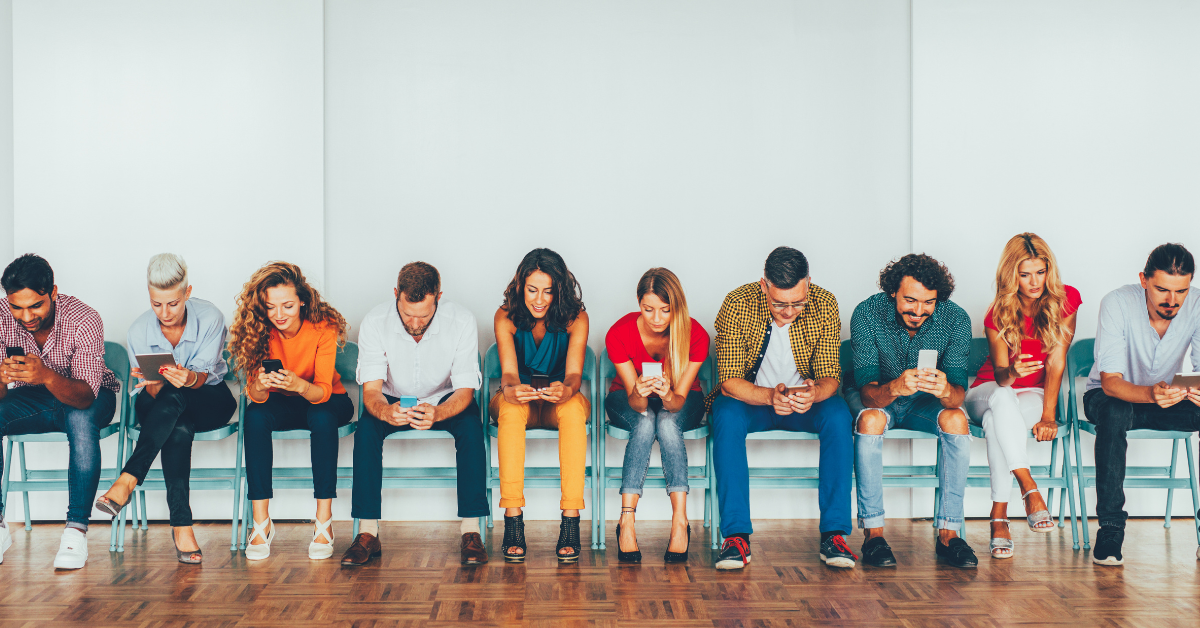For more than a half-century, this day has been reserved for family and friends for one of our colleagues here at CTP. Lunch with his kids. Connecting with old friends – in person and virtually. Re-connecting with acquaintances he only sees this time of year. And, of course, cheering with 39,000 others at Fenway.
Opening Day is a major community event in these parts, a rite of spring – whether you wax poetically about it or not. It’s a palpable gathering point, intersected with a brand and its product, that connects through lives and generations. It’s why Mark Fredrickson would have attended his 52nd straight Opening Day, why his daughter Amy was ready for her 25th and why the family total was encroaching on a full season (140 and counting).
Alas, that view of the Green Monster isn’t happening, at least not today. The world has changed dramatically since Chris Sale threw his last fastball. For marketers, that new world already is under way, if the shifts from Black Swan events like coronavirus can’t be fully absorbed for years.
What might this new normal look like, whether that’s fall or winter or sometime in 2021 and beyond?
There but not There
A significant shift in gatherings is underway, from in-person to virtual. It won’t be universal or evenly distributed. But the current disruption is forcing brands to be creative in figuring out how to replicate that in-person experience (e.g., webinars, presentations, live stream experiences). Just consider the recent decision by O’Reilly Media, a giant in tech book publishing, to shutter permanently the events business that was a major part of its profitability.
In-homing
I went to four different grocery stores last week to buy yeast – all to no avail. Everyone, it seems, is baking. Consumers have learned or relearned how to do things at home. Will they return to the gym, given those online fitness classes? How frequently will they return to Starbucks for $5 lattes? Will families who added streaming services keep them? Music, psychology, fitness, cooking, and so many others are exploring live streaming to engage with customers. Peloton was the butt of at least a couple jokes in December, but what brand wouldn’t love, right now, to have established an in-home presence, particularly one built with a sense of community? Beating the #coronavirus15 may go from hashtag to habit.
Virtual is Reality
Speaking of which, is this VR’s time? It’s had a major impact on video games, and is growing in real estate and among surgeons. But if some form of social distancing or social reservation continues, other industries are poised for disruption. A recent BBC headline asked, “Virtual Worlds: Can we travel without traveling?” That was hard to ven fathom three weeks ago. Zoom and other video conferencing services have exploded during this time, but two-dimensional engagements seem like a niche in the future, whereas three-dimensional experiences, built around community, can bring us anywhere, anytime.
Distributed Workforces
Businesses and sociologists for years have debated the practicality of WFH, particularly as it relates to employee productivity, costs, morale, collaboration, efficiency. And there are times right now when it feels like we’re all in some strange, massive research experiment – for which none of us signed waivers. But we’re about to see whether large-scale WFH is possible. And whether the internet actually can handle that. It may not be for everyone, but we’re likely to see a lot of businesses question the need for physical space – or at least all of that physical space. More may even see, as some have for years, the benefits of remote work: a broader talent base, fewer sick days, less time commuting, improved morale. This doesn’t just impact agency business, it impacts agency work in understanding how to reach and engage with a decentralized workforce.
Everyone is Digital
It’s not as if shopping online is new: Online sales represented 16% of total retail sales in the U.S. in 2019, totaling more than $600 billion, according to the U.S. Department of Commerce. But the pandemic is expanding this to categories beyond books, entertainment and electronics. Chief among those is grocery, of which only 4% of sales took place online in 2019, according to Nielsen. But daily downloads surged in February for delivery apps like Instacart and Shipt. Blu Apron stock surged 70 percent a couple weeks back. And, according to data from Rakuten Intelligence, online order volume from grocers rose 210 percent from March 12-15 over the previous period in 2019. If you didn’t have a true ecommerce strategy before, your future depends on doing it NOW.
Brand Loyalty & D2C
It’s not just the empty shelves, the necessity of #socialdistancing is forcing us to rethink how and where we shop, and what brands are available to us. That can significantly reduce brand loyalty. You may prefer Charmin. But there’s a reason why D2C brands like No. 2 (which sells TP directly to consumers) are experiencing a significant lift. COVID-19 is forcing all of us to look beyond long-held preferences to the point that a new normal may yield entirely new preferences – across categories. This will open vast new opportunities for young brands and new brands to jump in. It also requires established brands to adapt and focus on retaining loyalty and trust.
Social will Surge
As we sit in the same places DAY. AFTER. DAY. AFTER. DAY. … social media has become a great escape. Research by Global Web Index found a huge increase in people checking social media across all demographics: 27% Gen Z, 30% among Millenials, 29% among Gen X and 155% among Boomers. Some brands may see this as an opportunity to further develop their own communities, particularly where they can own the data and insight, through platforms like Higher Logic and Mighty Networks. Other brands will see opportunities in social advertising. How will you seek to capitalize on this increased attention?
At some point this summer, Mark and his family are likely to end up at Fenway (at least, we have to really, really hope so). And hot dogs, beer and popcorn will again taste great in the shadow of the Green Monster. For marketers, however, the air of familiarity won’t be the same. While we can’t interpret all of it yet, you can’t sit back and wait for the conclusion.





